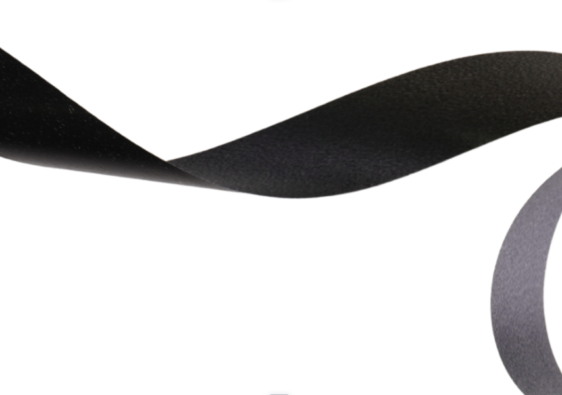Less than 2% of philanthropic giving in the United States directly benefits women and girls. French Gates wants to change that.
When Melinda French Gates steps down from the Bill and Melinda Gates Foundation this week, she will take with her $12.5 billion and a commitment to make a difference for the girls and women of the world. French Gates says she will be donating $1 billion over the next two years to individuals and organizations working on behalf of women and girls globally. She has vowed to focus on women and families.
It’s the second billion-dollar commitment French Gates has personally made in the past five years, reports The Associated Press. In 2019, she pledged to expand women’s power and influence over the ensuing decade.
Research from the Women’s Philanthropy Institute at the Indiana University Lilly Family School of Philanthropy has found that while women today hold 40% of global wealth, and that women are more likely to give — and, on average, give more — than men, less than 2% of philanthropic giving in the United States directly benefits women and girls.
In an op-ed published last week in The New York Times, French Gates wrote that in the nearly 20 years she has spent as an advocate for women and girls, she has learned that there will always be people who say “it’s not the right time to talk about gender equality. Not if you want to be relevant. Not if you want to be effective with world leaders (most of them men). The second the global agenda gets crowded, women and girls fall off.”
“It’s frustrating and shortsighted,” she wrote. “Decades of research on economics, well-being and governance make it clear that investing in women and girls benefits everyone. We know that economies with women’s full participation have more room to grow. That women’s political participation is associated with decreased corruption. That peace agreements are more durable when women are involved in writing them. That reducing the time women spend in poor health could add as much as $1 trillion to the global economy by 2040.”
This post is an excerpt from a longer article I wrote for the Deseret News. You can find it here.



